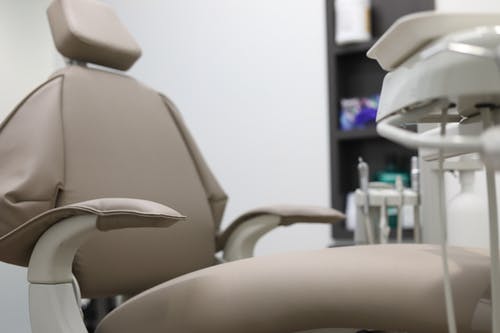Diagnostic imaging can also be referred to as radiology. The procedure consists of many tests that require visualizing and projecting different body portions in different positions. Several diagnostic procedures benefit from radiologist expertise, including CT scans, MRIs, X-rays, ultrasounds, etc.
The field of radiology serves as the foundation for treating some diseases. Several diagnostic, therapeutic, and analysis methods are included. And it’s how the doctor learns the specifics of any structural alterations brought on by the illness. Early diagnosis is crucial since it allows for correct diagnosis and treatment, both of which are known to save lives.
What makes radiology beneficial?
Have you ever thought about how truly vital medical imaging is? In today’s world, imaging procedures in the medical field play a significant role in patient care. Since the advent of medical imaging, doctors and researchers have acquired considerable insight into the human body, transforming healthcare as we know it.
1. Screening and Prevention
Preventative screening aims to detect diseases at their earliest stages when they can be treated most effectively. Early detection of an illness makes it easier to treat and prevents it from progressing to a more severe or fatal condition.
Thanks to preventive screening, patients can begin the appropriate course of treatment at the earliest feasible stage. Furthermore, early disease detection can provide doctors and researchers with invaluable information into previously undiscovered aspects of a disease. Information retrieved from preventative screenings could help advance medical research and lead to more effective therapies.
2. Treatment
This area of medicine can provide guidance and even treatment depending on the type of radiography the client seeks. Austin CT scan operators in the field of therapeutic radiology run sophisticated machinery and aid in the administration of medical care.
It is necessary to perform a scan to pinpoint the exact area that needs treatment. After doctors are consulted, the right radiation dose and entry/exit points are included in a treatment plan.
3. Stay Ahead in Technology
Numerous diagnostic and surgical procedures now rely on imaging technologies. Since before beginning any sort of treatment, medical professionals want comprehensive and up-to-date information about their patients’ conditions.
As a result, radiologists frequently participate in studies evaluating potential new surgical techniques, medical tools, or therapeutic approaches.
4. Monitoring Disease
Imaging tools are typically used for monitoring a patient’s health. This is because scan results are always reliable, objective, and easy to replicate. Imaging technology will indicate variations in the disease over time and a specific reaction to treatment; this would help evaluate if the treatment is effective or if something else should be done instead.
MRI Austin, TX, assume critical importance in chronic diseases like cancer, where symptoms may not appear for an extended period.
5. Prompt Diagnosis
Rapid access to information can be lifesaving in urgent situations where every second counts toward a patient’s treatment and recovery. To make an accurate diagnosis, clinicians would benefit from having access to the most detailed images and test findings.
For certain patients, unnecessary procedures could be avoided if doctors had access to clear internal imaging to diagnose presenting disorders. Alternatively, it can be used to narrow down the scope of the necessary surgery and recommend a surgeon.





